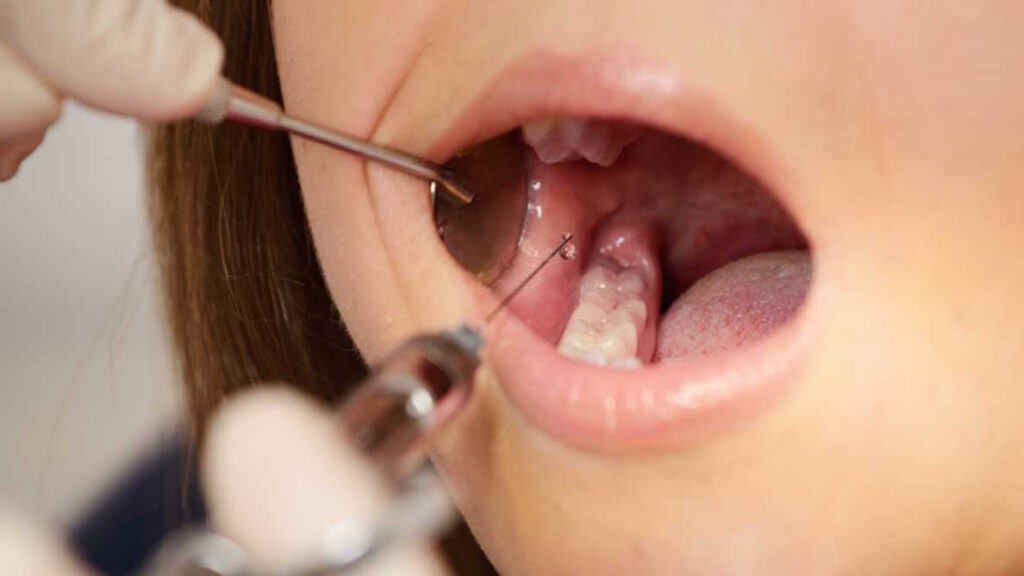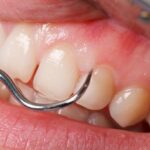Wisdom teeth removal is a common dental procedure, and most people undergo it with some form of anesthesia. But what if you had to get your wisdom teeth removed without anesthesia? Is it safe, manageable, or excruciatingly painful? This guide dives into what to expect if you choose—or need—to go through wisdom teeth removal without anesthesia.
Why Are Wisdom Teeth Usually Removed with Anesthesia?
Wisdom teeth (third molars) often cause dental issues such as:
- Overcrowding
- Pain and pressure
- Infection or cyst formation
To prevent these complications, dentists usually recommend removal—commonly using anesthesia for the following reasons:
1. Pain Management
Anesthesia numbs the surgical site, making the extraction virtually painless.
2. Anxiety Control
Sedation reduces patient anxiety, especially in those with dental phobia.
3. Movement Control
A calm, still patient allows for better precision during the procedure.
Types of Anesthesia Used for Wisdom Teeth Removal
There are several types of anesthesia options, including:
- Local Anesthesia – Numbs only the area around the tooth, allowing you to remain awake.
- Sedation Anesthesia – Induces a light sleep, keeping you calm but awake.
- General Anesthesia – Puts you to sleep completely, typically for complex or impacted wisdom teeth extractions.
However, some individuals may consider removing wisdom teeth without anesthesia for personal, health, or financial reasons. So, how bad is it really?
What to Expect During Wisdom Teeth Removal Without Anesthesia
If you undergo wisdom teeth removal without anesthesia, you’ll need to be prepared for a very different experience. Here’s what it may feel like:
Pain Levels During the Procedure
Without anesthesia, you’ll feel all aspects of the procedure, including the incisions and the force applied to remove the tooth. The level of pain depends on various factors, such as:
- Complexity of Extraction: Impacted wisdom teeth, which are often embedded in the bone, require more force and precision, leading to a more painful experience.
- Pain Tolerance: Pain tolerance varies, and individuals who can withstand high levels of pain may find it manageable, while others may find it unbearable.
Pro Tip: Using over-the-counter pain relievers before the procedure may help slightly, but they won’t provide the same relief as local anesthesia.
Pressure and Discomfort
Even with anesthesia, many people report feeling pressure during the procedure. Without anesthesia, this pressure is amplified and accompanied by pain. The sensation of having a tooth wiggled, tugged, and pulled without numbness can be distressing.
Noise and Sensory Sensitivity
Dental extractions involve sounds that can be unsettling, like cracking and crunching noises. These sounds, combined with the pain and discomfort, can make the experience more challenging to endure.
Can You Get Wisdom Teeth Removed Without Sedation?
Yes, it is possible to have wisdom teeth removed without sedation. Some people choose local anesthesia instead of full sedation, allowing them to remain awake but pain-free. However, without even local anesthesia, the pain from removing wisdom teeth is often intense and distracting.
When Is Wisdom Teeth Removal Done Without Anesthesia?
In certain cases, people opt for or require wisdom teeth removal without anesthesia, including:
- Medical Conditions – Certain health issues or allergies make anesthesia risky or unadvisable.
- Personal Preference – Some individuals prefer to avoid anesthesia due to concerns over side effects or adverse reactions.
- Financial Reasons – Anesthesia can increase the cost of the procedure, and some may choose to skip it to save on expenses.
Managing Pain Without Anesthesia: Tips and Alternatives
While wisdom teeth removal without anesthesia is challenging, there are ways to manage the pain and discomfort:
1. Over-the-Counter Pain Relievers
Taking painkillers like ibuprofen before and after the procedure can help reduce inflammation and pain. Always consult with a dentist about safe dosages.
2. Applying Numbing Gel
Although it won’t provide the deep numbness of local anesthesia, a topical numbing gel on your gums may help ease some of the initial discomfort.
3. Breathing and Relaxation Techniques
Focused breathing, meditation, or visualization techniques may help reduce the perception of pain by keeping your mind focused and calm.
4. Take Frequent Breaks
If the dentist allows, you might request brief breaks to ease the stress and pain. This method works best for patients with minor anxiety or pain tolerance.
5. Aftercare for Pain Relief
Without anesthesia, pain after the procedure can be intense. The following aftercare steps are essential:
- Cold Compresses: Apply an ice pack to reduce swelling.
- Salt Water Rinse: Rinse with salt water to prevent infection and ease irritation.
- Soft Foods: Stick to a diet of soft foods to avoid straining the gums.
Risks of Wisdom Teeth Removal Without Anesthesia
Opting for wisdom teeth removal without anesthesia comes with certain risks, including:
- Increased Pain and Discomfort: The pain can be significant and can lead to trauma or anxiety about future dental visits.
- Higher Infection Risk: Being fully awake may increase movement, which can complicate the procedure and raise infection risks.
- Bleeding and Swelling: Pain and anxiety may increase blood pressure, potentially leading to more bleeding during the extraction.
Can You Get Wisdom Teeth Removed with Only Local Anesthesia?
Yes, for many people, local anesthesia is sufficient for wisdom teeth removal. Local anesthesia numbs only the area around the tooth, so you stay awake but don’t feel pain during the extraction. For patients concerned about the full effects of anesthesia, this option provides a good balance between pain management and awareness.
When to Seek Medical Advice
If you experience severe pain after a wisdom tooth extraction without anesthesia, or if you notice signs of infection (such as swelling, fever, or a foul taste in the mouth), contact your dentist immediately.
FAQs About Wisdom Teeth Removal Without Anesthesia
Conclusion
Getting wisdom teeth removed without anesthesia is a highly personal choice, often influenced by medical, financial, or personal reasons. While it’s possible, the process can be uncomfortable, involving pain, pressure, and sensory discomfort. If anesthesia is not an option, consider alternative pain management techniques, and be prepared for a challenging experience. Always consult with a dental professional to understand the best approach for your situation.
Disclaimer: The content on Wellness Derive is for informational purposes only and not a substitute for professional medical advice, diagnosis, or treatment. Always consult a healthcare provider for medical concerns.



